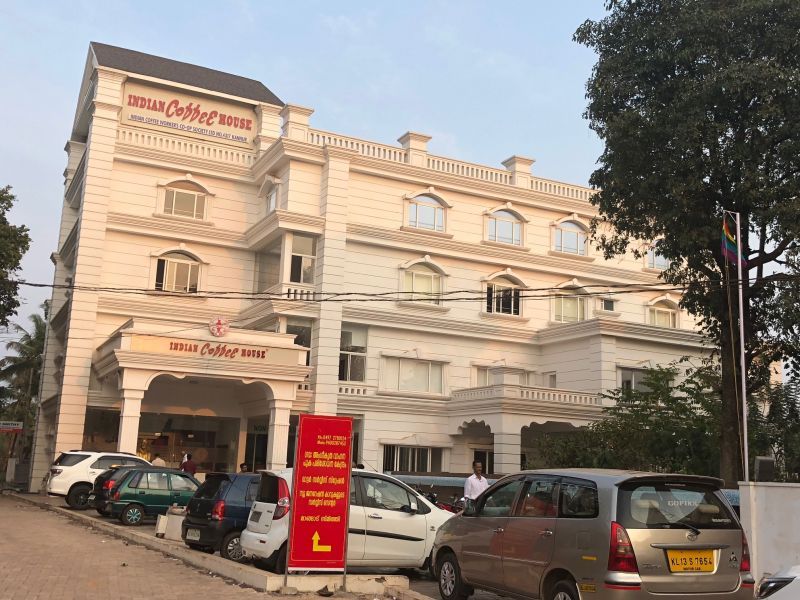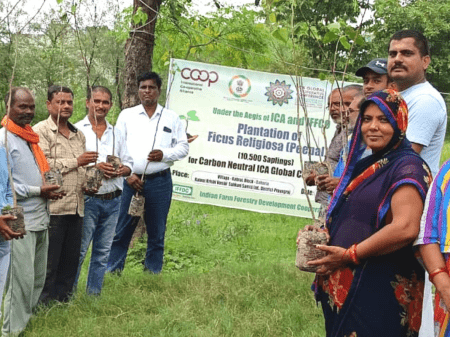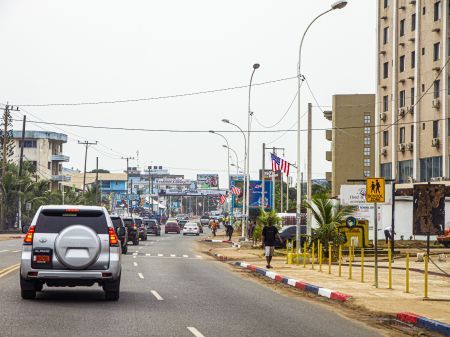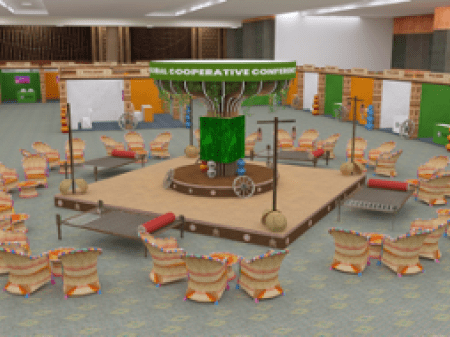
p.p1 {margin: 0.0px 0.0px 0.0px 0.0px; font: 11.0px 'Trebuchet MS'; color: #000000; -webkit-text-stroke: #000000} p.p2 {margin: 0.0px 0.0px 0.0px 0.0px; line-height: 18.0px; font: 14.5px 'Trebuchet MS'; color: #000000; -webkit-text-stroke: #000000; min-height: 17.0px} p.p3 {margin: 0.0px 0.0px 0.0px 0.0px; line-height: 18.0px; font: 14.5px 'Trebuchet MS'; color: #191919; -webkit-text-stroke: #191919} p.p4 {margin: 0.0px 0.0px 0.0px 0.0px; line-height: 18.0px; font: 14.5px 'Trebuchet MS'; color: #191919; -webkit-text-stroke: #191919; min-height: 17.0px} p.p5 {margin: 0.0px 0.0px 0.0px 0.0px; line-height: 18.0px; font: 14.5px 'Trebuchet MS'; color: #030613; -webkit-text-stroke: #030613} span.s1 {font-kerning: none} span.s2 {text-decoration: underline ; font-kerning: none} span.s3 {font: 8.7px 'Trebuchet MS'; font-kerning: none} span.s4 {font: 14.5px 'Trebuchet MS'; text-decoration: underline ; font-kerning: none; color: #0000ff; -webkit-text-stroke: 0px #0000ff} span.s5 {font-kerning: none; color: #000000; -webkit-text-stroke: 0px #000000} span.s6 {text-decoration: underline ; font-kerning: none; color: #0000ff; -webkit-text-stroke: 0px #0000ff}
By Balu Iyer, Regional Director, ICA Asia-Pacific
As we were nearing a junction in Parassinikadavu town, I happened to glance to my right and notice a four-storey white colour building with a big sign, ‘Indian Coffee House (ICH)’ and below it Indian Coffee Workers Co-operative Society. Having sat for hours together and sipped coffee during my college days at ICH’s in Delhi, Bengaluru, Jabalpur and Kolkatta, I did not want to miss the opportunity to relive the experience and asked the host to turn around.
We were in Kannur to attend the 8th Kerala Cooperative Congress from February 10 to12, 2018. The Congress, with the slogan, ‘Onward with diversity,’ was held to look at the state of co-operatives and formulate a forward-looking co-operative policy to address needs in line with the changing times. It was heartening to see 3,000 plus delegates sit through speeches, presentations, and discussions to come up with their views on the draft policy recommendations. The co-operative sector in Kerala was able to withstand the adverse impact of demonetisation, by standing united, rallying members and cutting across political lines. The streets were lined with thousands of the old rainbow flags; the Secretary and the Registrar were surprised to hear that the flag had changed to plum color with the COOP emblem.
The entrance to the Kannur ICH has a bust of Comrade Ayilliath Kuttiari Gopalan, or AKG, as he was popularly known, a leader of the Communist Party of India (Marxist) and the Left and democratic movement in the country. The pedestal has four plaques with AKG sayings inscribed, two in Malayalam and two in English. The English ones read, “Coffee House should always Aspire to walk ahead of time,” and “You are fundamentally workers who can craft a new world, lead it and govern it. You can solely run coffee houses and prosper it without the involvement of capitalists.”
The original India Coffee House chain was started by the Coffee Cess Committee in 1936 in Bombay and by the 1940s the number had increased to 50 all over British India. Due to a change in the policy in the mid 1950s, the Board decided to close down the Coffee Houses and lay off the workers. At the encouragement of AKG, the erstwhile workers of the Coffee Board began a movement and compelled the Coffee Board to agree to handover the outlets to the workers. The workers formed the Indian Coffee Workers' Co-operatives and renamed the network as Indian Coffee House (there is still the India Coffee House run by the Coffee Board). The first society was formed in Bangalore on August 1957, then in Delhi and across the country.
The All India Coffee Workers’ Co-operative Societies Federation – a federation of Indian Coffee Workers’ Co-operative – was formed in 1960 (more information at: http://www.worldlibrary.org/articles/indian_coffee_house).
In Kerala there are two Coffee Societies (old Malabar and Travancore-Cochin area) both of which were formed in 1958. The Kannur Society (old Malabar) today has 625 employees, all of whom are shareholders. The Managing Committee consists of 10 members, one from Sympathizers (of whom there are 12) and the other nine from employees; there is no government representation. The waiters get two to three pairs of uniform cloth in a year; contribute to their provident fund which is matched by the co-operative; earn a dividend in accordance with their share capital (25% of dividend is statutory), are covered under insurance and accident benefit schemes, and enjoy many other benefits. Most of them are members of Co-operative Employees Co-operative Credit Society where they can avail personal loans.
Much has been written about the Indian Coffee House. A search on Google throws up catchy headlines such as, “When Indian Coffee House was the country’s living room;” “Indian Coffee House – The Ambience is Free;” and “When Indian Coffee House was the country’s living room.” Author Sankarshan Thakur in his book, The Brothers Bihari, writes, “Indian Coffee House was where I first heard words like Fuehrer and fascism first, words like proletariat and bourgeoisie, like Comintern and Nato and sarvahara and samajvaad, satta, samrajyavaad and taanashahi.” A crowdfunding drive on Kickstarter for Stuart Freedman’s photobook - The Palaces of Memory – Tales from the Indian Coffee Houses had 157 backers who pledged £10,496 to help bring the project to life. With 76 outlets, Kerala has the most number of ICHs in the country. According to writer Vaishna Roy, “Its continuing popularity in Kerala is unsurprising, especially if we see the institution itself as one of the remnants of a socialistic ideal where everyone ate at the same table and everyone participated in the debate. I was excited to step into the Kannur ICH. While the décor was slightly modern, the waiters were still in their British era starched white dress with peacock-style headdresses and the menu distinct to the place. The coffee we were served was barely passable; but then, I was there more to soak in the place and relive my memory. With the advent of Starbucks, Coffee Day, Baristas and a host of other options, the ICHs cannot rely on nostalgia, their run-down establishments (old-time charm of days gone by can get you only so far) and their old-time and loyal patrons. They will need to reconnect with the younger generation. What has going for them is the model – in a day and age when the young are taken in by start-ups, the workers of ICH can show that even coffee serving waiters can be owners who grow and profit as their business grows.”
Kannur has many other co-operative landmarks. To name a few, the Kerala Dinesh Beedi Workers' Central Co-op Society which was able to overcome its existential crisis (when use of tobacco fell out of favor), diversify into new product lines and revive itself; the Vismaya Water Theme Park run by the Malabar Tourism Development Cooperative Limited, the one and only water theme park in India promoted by a Co-operative Society; and the co-operative hospitals – AKG Cooperative Hospital, the Indira Gandhi Cooperative Hospital and the Payyanur Co-Operative Hospital. A recent initiative is the coming together of 15 Weaver Cooperative Societies who have put up their 500 plus products under the brand name CannLoom (coined from Cannanore handloom) on the Amazon platform.
I left Kannur with a very positive feeling – the turnout and participation of the 3,000 plus delegates at the Cooperative Congress, the initiatives of co-operatives to reinvent and grow, the working relationship with the government, and the inroads in the areas of health and e-commerce. The two days also showed how different the co-operative model in India could be if members in co-operatives were as involved and engaged, and leaders as concerned about the affairs of the co-operative part.




